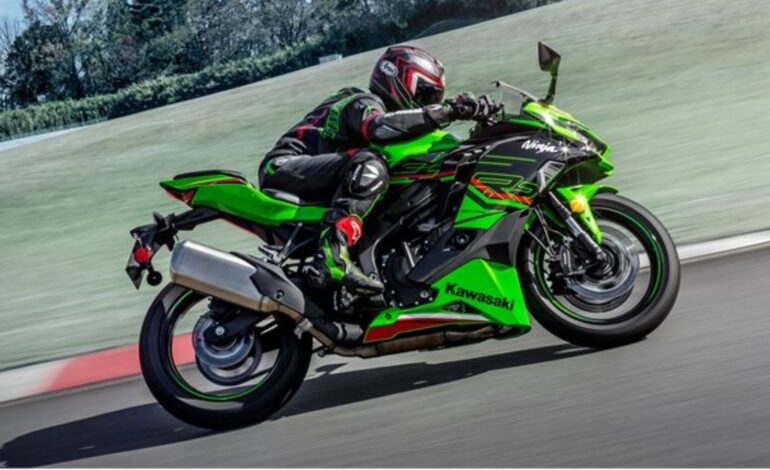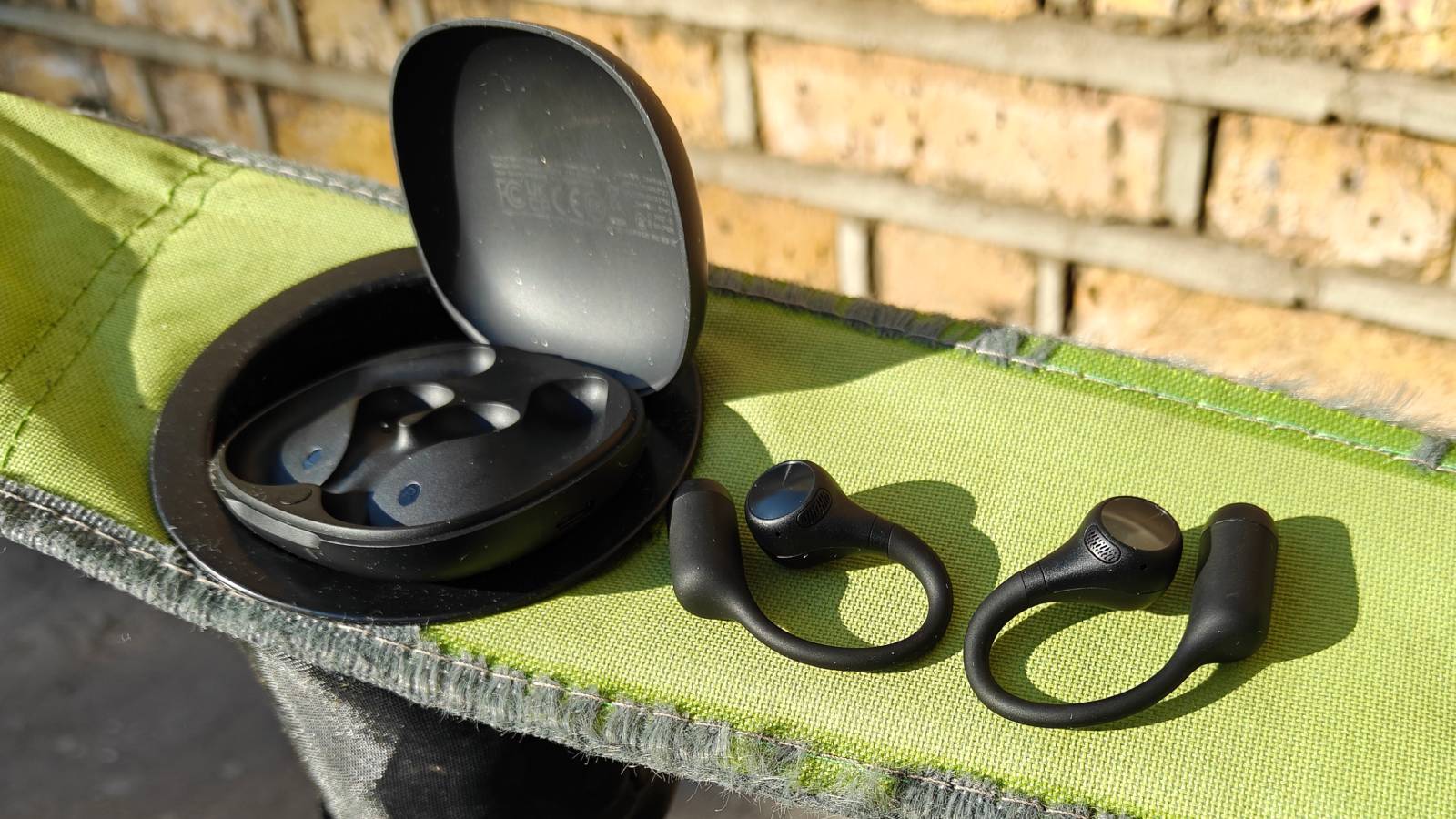Kawasaki ZX-4R: Speed and Performance Insights for 2025

The 2025 Kawasaki ZX-4R ABS offers motorcycle enthusiasts a compelling combination of speed and technology, priced at $8,999 plus a destination charge of $600. For those seeking additional features and enhancements, the upgraded Kawasaki Ninja ZX-4RR is available for $9,699, also with a $600 destination fee. Both models are equipped with a robust 399cc inline four-cylinder engine that delivers impressive performance.
Both the ZX-4R and ZX-4RR share the same liquid-cooled DOHC powerplant, which features four valves per cylinder, with a bore and stroke of 57.0 mm by 39.1 mm. The engine boasts a compression ratio of 12.3:1, digital fuel injection, and a TCBI (Transistor Controlled Breakerless Ignition) system. This configuration allows the ZX-4Rs to produce 56 horsepower at 11,500 rpm and 26.5 pound-feet of torque at 11,000 rpm. A six-speed gearbox and a chain final drive complete the drivetrain.
Kawasaki has not released official top speed or acceleration figures for these models. However, video evidence suggests that the ZX-4R can achieve a maximum speed of 222 kilometers per hour (approximately 138 mph) on public roads. Another video indicates that the ZX-4RR can accelerate from zero to 100 km/h (62 mph) in just 3.9 seconds, reaching 150 km/h (93 mph) in 7.8 seconds and 200 km/h (124 mph) in 16.9 seconds.
Advanced Features and Design Variations
The 2025 Kawasaki ZX-4R is equipped with modern technology that enhances the riding experience. Key features include an Assist & Slipper Clutch, anti-lock braking system (ABS), an economical riding indicator, and Kawasaki Traction Control (KTRC). These technologies make both the ZX-4R and ZX-4RR accessible options for newcomers to the sportbike category.
A notable difference between the two models lies in their technological offerings. The ZX-4RR includes the Kawasaki Quick Shifter (KQS), which allows for clutchless shifting by cutting engine ignition when the shift lever is activated. This feature enhances the riding experience, especially during high-performance riding.
Suspension systems also differentiate the models. Both versions utilize a horizontal back-link rear suspension and 37mm inverted Showa forks with SFF-BP internals, providing 4.7 inches of travel. However, the ZX-4RR benefits from adjustable spring preload in the front forks and an upgraded rear shock. The ZX-4RR features a Showa BFRC lite gas-charged shock with a piggyback reservoir, offering adjustable compression, rebound, and preload with 4.9 inches of travel, compared to the ZX-4R’s 4.4 inches.
Distinctive Color Variants
Each model comes in unique color schemes that appeal to different preferences. The ZX-4R is available solely in Metallic Spark Black. In contrast, the ZX-4RR offers a more dynamic look with a Metallic Matte Whitish Silver and Metallic Flat Spark Black two-tone combination. The ZX-4RR KRT Edition showcases a striking tri-colored livery inspired by the Kawasaki Racing Team, featuring Lime Green, Ebony, and Pearl Blizzard White.
The 2025 Kawasaki ZX-4R and ZX-4RR are positioned to attract a wide range of riders, from beginners to experienced enthusiasts. With a focus on performance, technology, and distinctive design, these models expand Kawasaki’s offering in the competitive supersport motorcycle market.






